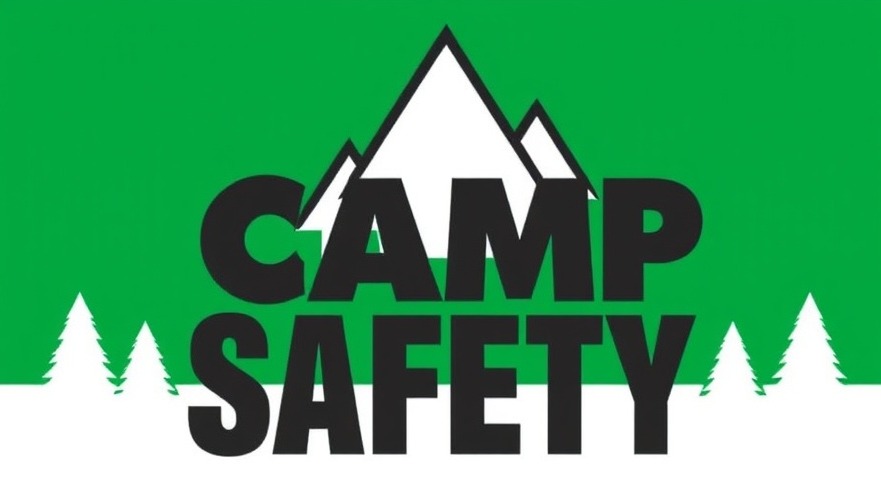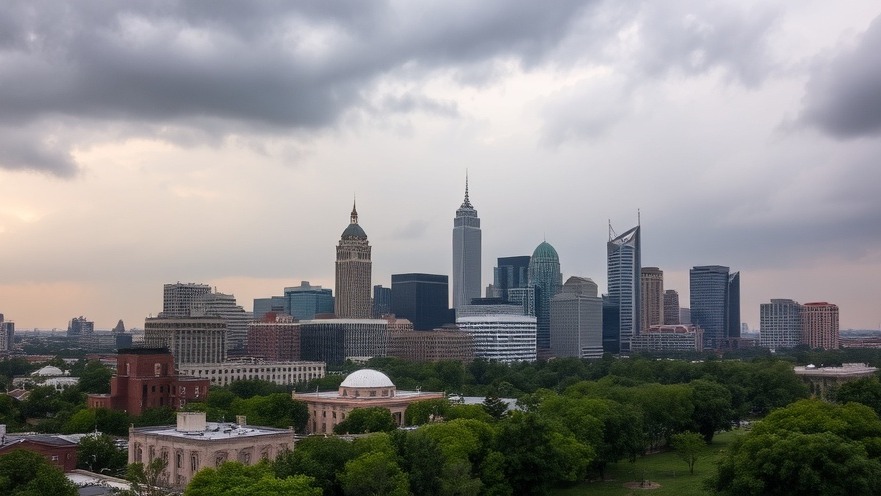
In the Aftermath of the Hill Country Floods: A Call for Youth Camp Safety
The catastrophic flooding in the Hill Country served as a wake-up call for Texas lawmakers, illustrating critical gaps in youth camp safety protocols. Recent legislative proposals are on the table, emphasizing the importance of emergency response systems and the establishment of safety standards in youth camps. Yet, despite these efforts, the trajectory of these bills faces significant hurdles as Texas enters a vital special legislative session.
Assessing the Legislative Environment: Competing Priorities
As legislators focus on disaster funding and recovery efforts, the bills aimed at improving safety protocols for youth camps may struggle to gain traction. The tragic loss of life during the July 4 floods, which claimed 137 lives including 27 campers and counselors at Camp Mystic, underscores the urgency of this issue. However, lawmakers must contend with various priorities, making it challenging for camp safety bills to pass swiftly.
The Political Landscape: Industry Resistance
The camp industry, while mourning the losses, has historically pushed back against regulatory measures. Many prominent camps have previously lobbied against stringent regulations, arguably to prioritize their profits and operational flexibility over safety. For instance, Camp Mystic's ability to remove floodplain designations from FEMA maps reflects a trend wherein some camps circumvent safety regulations to manage costs and expand operations at the potential expense of camper safety.
The Voices of Change: Parents and Camp Leaders Demand Action
Positioned as a crucial element in the conversation around camp safety are parents and camp leaders like Dan Neal, who emphasize readiness and proactive measures. “Whatever is coming out, especially from the Legislature or state law, we're going to gladly take it and run with it,” Neal indicates a commitment from the camp community towards embracing safety measures to ensure better protection in the future.
Could This Be the Turning Point for Camp Safety Legislation?
The introduction of nine proposed bills reflects a renewed focus on safety, including mandatory drills and communication systems tailored for emergencies. Such reforms, championed by legislators like Sen. Judith Zaffirini, highlight a shift towards prioritizing camper safety amid natural disaster preparedness. However, navigating the legislative process while balancing the interests of various stakeholders will be no small feat.
A Shared Responsibility: Encouraging Active Participation
“The youth camps don’t like regulation,” reflects Rep. Vikki Goodwin, shedding light on the complex relationship between camp safety standards and the industry. Yet, as grief continues to permeate the camp community, many stakeholders advocate for new standards that could save lives in the future. Learning from past mistakes, bolstered by community advocacy, could foster more stringent safety norms that prioritize camper protection over profit.
Future Predictions: What Lies Ahead for Texas Camps
The overwhelming response to the floods demands a collective re-examination of how youth camps prepare for such disasters. There is potential for these proposed safety measures to lead to more rigorous standards. The question remains whether the momentum generated by this tragedy will translate into sustained advocacy for camper safety into the future.
Conclusion: A Collective Effort Towards Safer Youth Camps
The legislative hurdles facing the proposed youth camp safety bills are immense, but so is the need for reform. As Texas grapples with this complex issue, it is imperative for parents, lawmakers, and camp leaders to unify in their efforts towards fostering a safer environment for all campers. Protecting our youth, especially in the wake of disaster, should remain a top priority for everyone involved.
 Add Element
Add Element  Add Row
Add Row 



Write A Comment